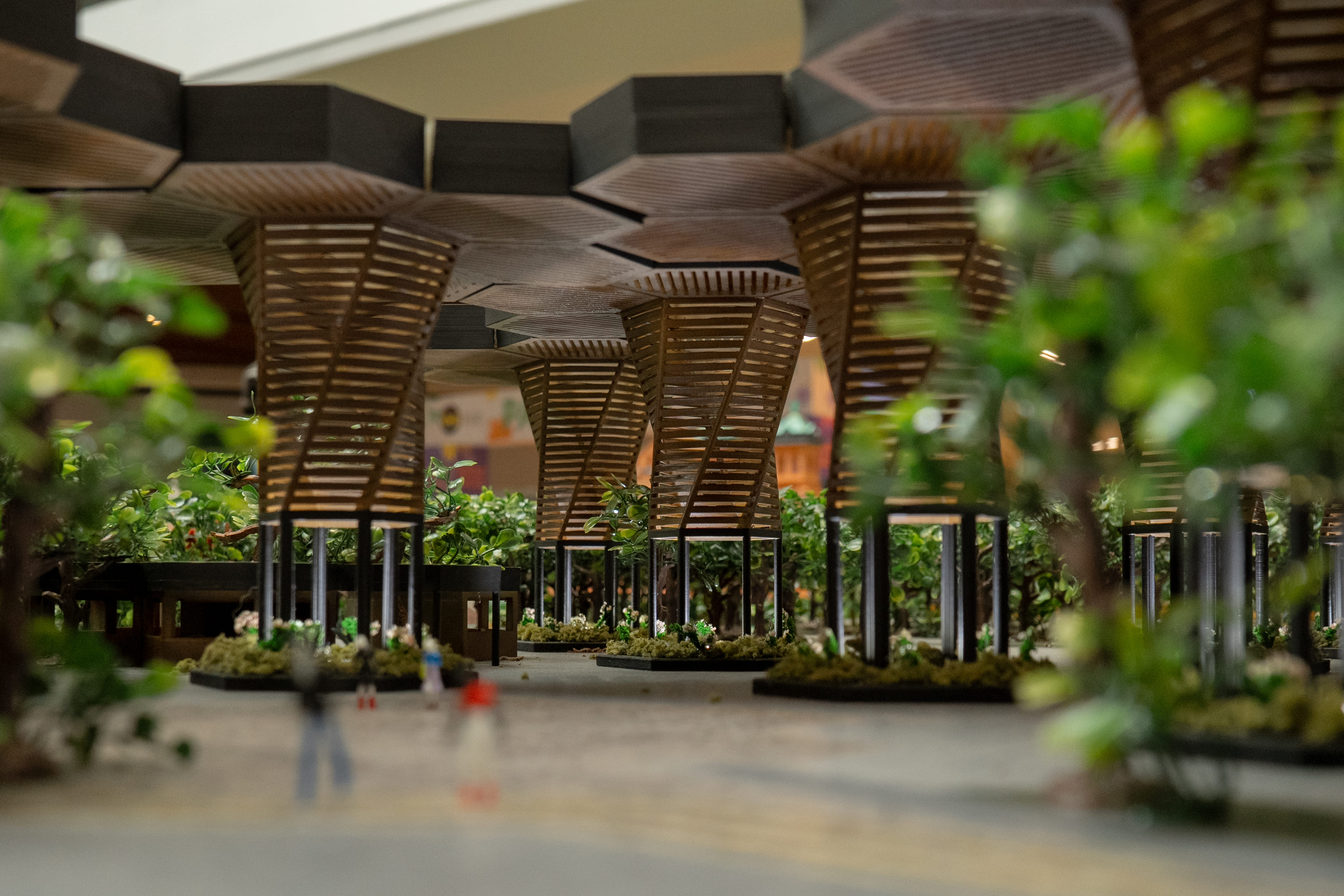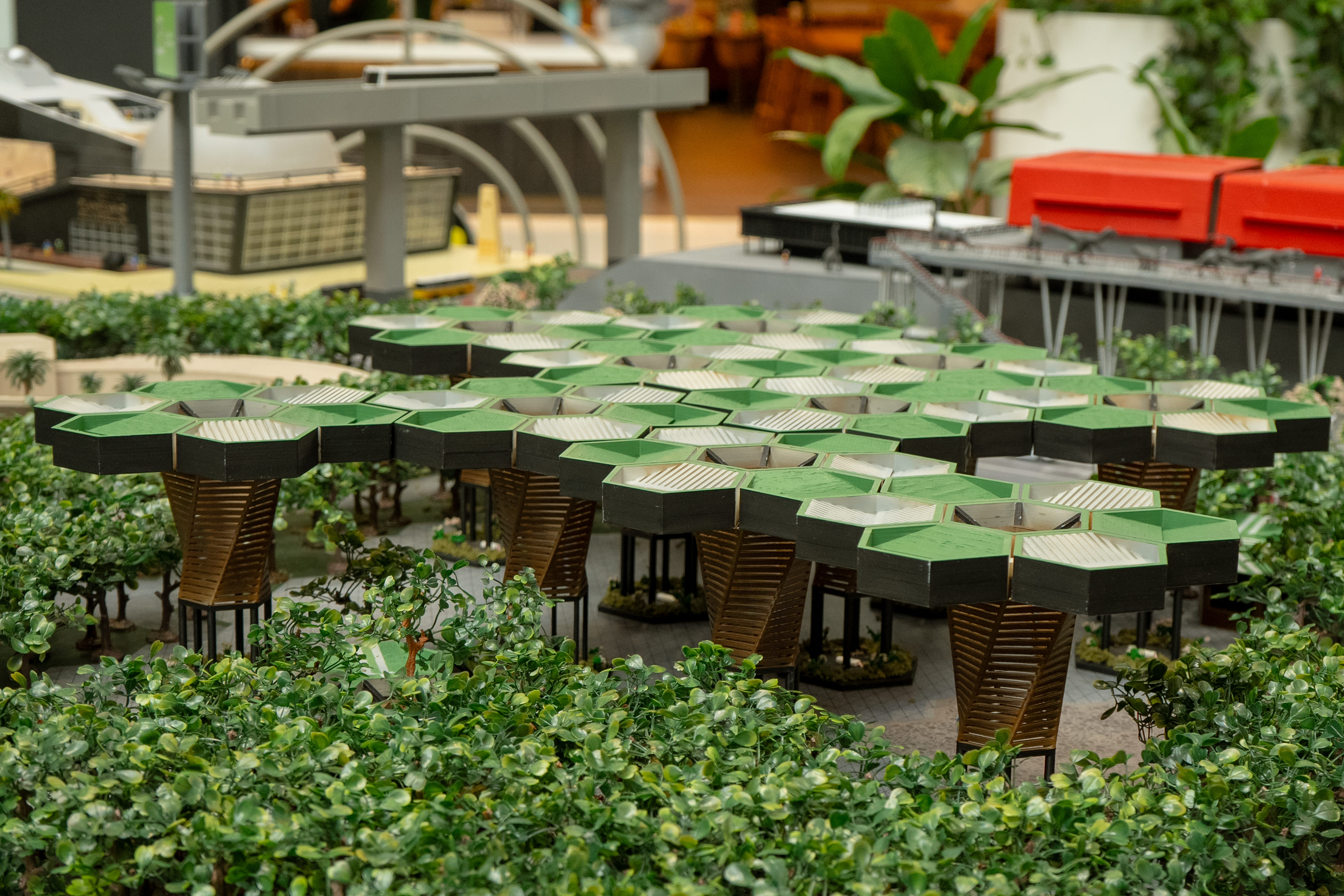Paiseando Jardín Bótanico Joaquín Antonio Uribe y Orquideorama ingles

The history of the Medellín Botanical Garden began at the end of the 19th century when what was formerly known as the El Edén bathhouse began to have a recreational vocation. Initially, the land of what is now the Botanical Garden was a farm owned by Mr. Víctor Arango which was rented to people from the city, which at that time did not exceed 40,000 inhabitants.
In the first years of the 20th century, on the occasion of the first centenary of the Independence of Antioquia, the Organizing Board of the Centennial Celebration and the Public Improvement Society of Medellín managed to get the National Government, headed by Carlos E Restrepo, to deliver resources to buy land on which a new forest would be created for Medellín; This land was what we know today as the Botanical Garden.
At first it was known as Bosque de la Independencia, and it was not only made up of the land of the El Edén farm but also other lands acquired and donated. In 1972, the Public Improvement Society, the Colombian Society of Orchidology, the Municipality and the Medellín Garden Club created together a private non-profit foundation, which gave life to the Joaquín Antonio Uribe Botanical Garden, as a tribute to the wise man. Antiochian naturalist.
Its inauguration was on April 19, 1972, in May 1979 it was declared a Flora Pavilion and became part of the old National Park System, today the National Environmental System. In 2005, the entity's Total Renewal Project began, where works such as the renovation of electrical and plumbing networks, the installation of voice and data networks, the adaptation of the main path, the construction of a water well were carried out. underground, the hydraulic works in the El Molino ravine (external bank), the renovation of the Patio de las Azaleas complex, and the construction of the Scientific Building, the Orquideorama, the main access, the Suramericana Theater, the Butterfly House, a small parking and the public space that surrounds the Garden.
Currently, the Botanical Garden and the Orchideorama, located in the new North Zone of the City, exactly in the vicinity of the Universidad del Metro station, receives more than 1 million people every year.
